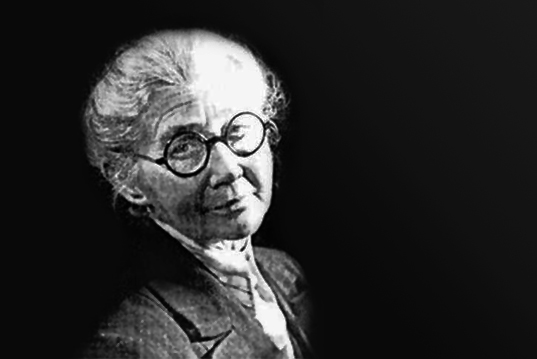Lydia Durnovo was born in 1885 in Smolensk. In 1902 she graduated from the local college, where she studied drawing. In 1904 Durnovo moved to St. Petersburg, where she entered the workshop of A.V.Makovsky, but here she studies only a year. Russian-Japanese war has begun, and she as a sister of mercy leaving for the front.
In 1906, Lydia Durnovo returned to St. Petersburg, and in the 1915th she graduated from school Society for the encouragement of arts.
At the same time Durnovo interested in history of art. In 1914 she was studing at the Institute of Art History at which she has left as aspirant, and in 1923 headed the copy shop, independently developed and justifying a new, rigorously scientific methodology of copying the originals[1, p. 8].
L.Durnovo in very difficult times was able to get a humanatarian education. In 1919, she as an art critic and an expert on the ancient art works in State Academy of History of Material Culture, and since 1920 in the Russian Museum.
In 20s Durnovo published a number of articles on methodology of copying of monumental painting. She managed to gather around her a group of young enthusiasts, train them, thereby creating the nucleus of the school of restorers and copyists [1, p.9].
In 1937, Lydia Durnovo invited by Drampyan Ruben (creator of the National Gallery of Armenia and director from 1935-1951) to move to Armenia. The National Gallery at this time recreated department of Medieval Art, and it was necessary to establish the scientific work in the field of gathering and storage of manuscripts, as well as to organize systematic copying of the monuments. So, Lydia Durnovo in Armenia again gathers around her young students whom she teaches to restore and copy the works of art. In Yerevan Durnovos wrote her more mature and fundamental works strictly related to Armenia.
Since 1937 Durnovo works at the museum, at first under the contracts, and in 1939 as a permanent employee.
Researcher of the Middle Ages, having arrived in Armenia, faced with the early Christian monuments, the works, which reflect the features of the first quests graphic system, which will eventually become canonical for developing the whole Christian world. It should be noted that in the late 30s, coming into contact with the architecture, frescoes and miniature of Armenia, with A.Svirinym R.Drampyanom she was among the first who looked at this story from the position of art historian [1, p. 9]. Armenology while stationed in valuable historical and philological studies, in particular; works of Garegin Hovsepian, much has been done in the study of Armenian architecture (works of Strazhigovsky and Toromanyan), were published works of N. Marr, but the art of medieval Armenia was waiting for a researcher who might have to rethink all material, giving to it an aesthetic response. L.Durnovo became that scientist that understands the responsibility of this case.
Significant contribution Lydia Durnova was to study the Armenian monumental painting. She opened and studied unknown monuments of monumental painting, thus she denyed the statement of I.Strazhigovsky that Armenia of Middle Ages did not know the frescoes. Durnovo dated, organized and copyed not only the frescoes, but also Armenian miniature. Lydia Durnovo has also made a significant contribution to the study and copying of drapery which she devoted an entire album. She was the first who took on the above listed materials in terms of the art history.
In 1953, Lydia Durnovo released the album “Ancient Armenian miniature”, which has become a very important event in the Armenian scientific life. This album was released in different languages, thereby chaining the interest of foreigners to medievel Armenian art.
In 1955 Lidia starts to work at the Art Institute of the Academy of Sciences of the Armenian SSR.
In 1957, Durnovo released the second book “A Brief History of Old Armenian painting”, which is set to the textbook.
Lydia Durnovo produced numerous articles and works on medieval Armenian art.
Lydia Durnovod was one of the founders of the Armenian school of art historians.
Detailed biography and creativity of Lydia Durnovo covered in the book “Sketches of fine art of medieval Armenia.”
- Дурново Л., Очерки изобразительного искусства средневековой Армении, М., ‹‹Искусство›› 1979






Leave a Reply